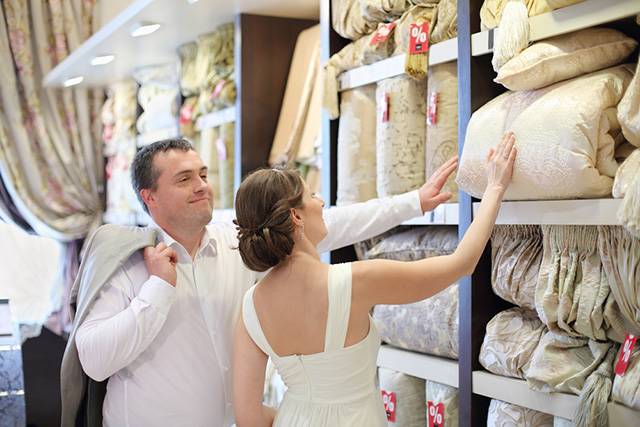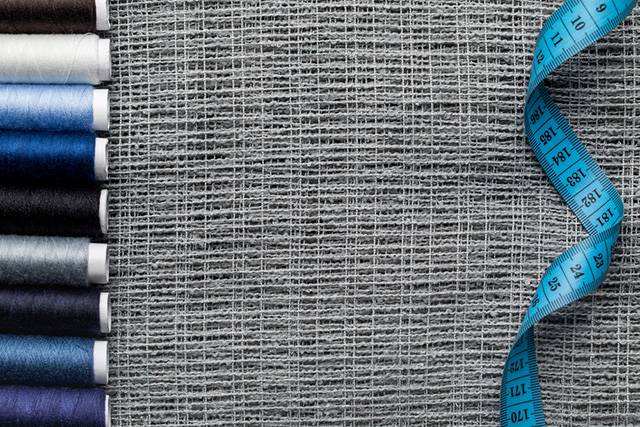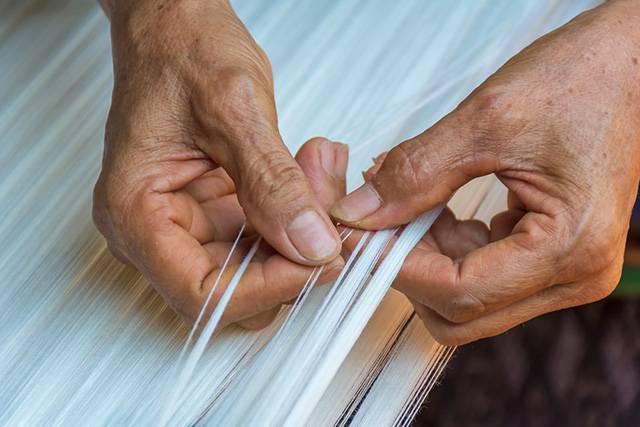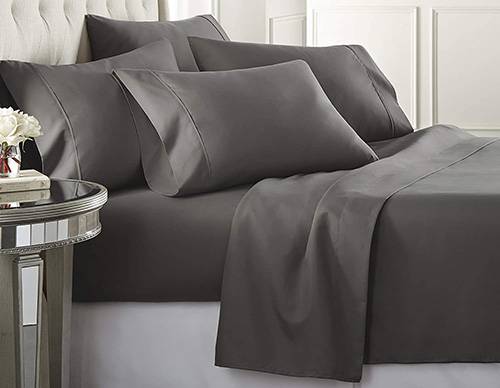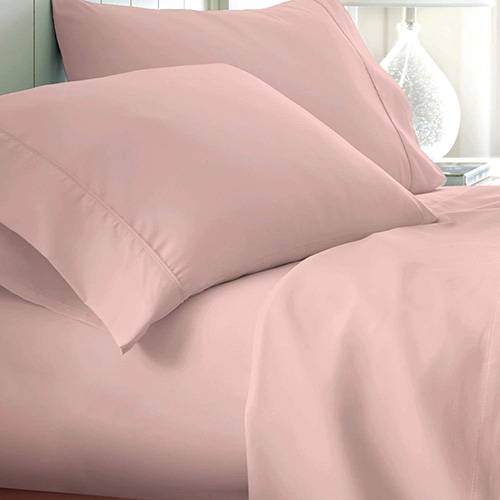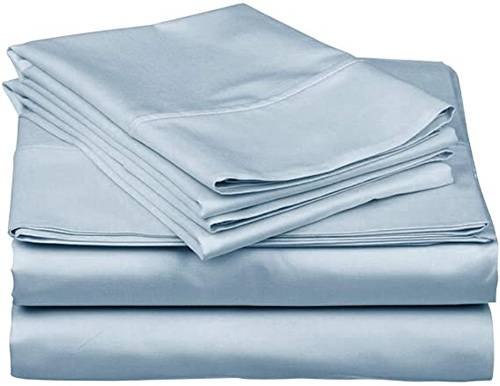Whenever you look for fabric that has been stitched, quilted, or woven, you’re going to see something called thread count in its description. While many people look over this detail and still manage to find the ideal and suitable purchases for themselves, it’s something that should be taken into consideration.
You can come across a thread count when buying bedding, sheets, covers, comforters, blankets, and pillowcases. You can also come across thread count when buying clothes such as shirts, dresses, shorts, and pants.
Thread count is an important part of all fabric products, it just doesn’t get the credit it deserves for determining quality.
What Does Thread Count Mean?
Thread count means the number of vertical and horizontal threads, also known as warp and weft threads, in every square inch of the fabric. So, if the thread count were to be 500, that translates to 250 threads vertically and 250 threads horizontally.
The higher the thread count is, the more threads there are in the fabric piece. This generally means that a higher thread count points to a softer, thicker, denser, and warmer fabric. Of course, this changes with every piece of fabric as they may not be made with the same material.
When Will You Need to Understand Thread Count?
Thread count isn’t the only factor you should consider, since it’s only applicable if you’re going to be comparing the same materials. Cotton with cotton, polyester with polyester. Comparing cotton and wool with thread count doesn’t work since wool requires fewer threads than cotton to be warm and durable.
It’s good to make note of the thread count when buying seasonal clothes and bedding. If they claim the shirt is a summer shirt, but they have an incredibly high number for the thread count, then it implies it isn’t as breathable and cool as you’d like it to be. Just the same, winter wear with a lower thread count doesn’t add up with its purpose.
Tricks of the Trade
Before you take thread count into consideration, there are some tips to keep in mind, since producers tend to be tricky with their thread counts and the actual number they are. Manufacturers, rather than counting the whole thread, will count the individual fibers which make one thread, which naturally boosts the thread count number immensely. Whenever you see a big number, it’s best to immediately divide it in your head to get a more realistic perspective in mind.
To make your life easier, divide the number by two. If you have an 1800 thread count, you’re probably looking at a 900 thread count. If you have a 1000 thread count, then realistically you’re looking at 500.
A study that counted the actual thread count of various bedding accessories (for larger-sized beds) found the real count was 35% to 40% of what manufacturers would officially state. You can also compare the price to the thread count to double-check how authentic the number is. (read further to view the pricing and thread count chart.)
So, the rule of thumb to follow: if you encounter a thread count that’s too good to be true, it probably is.
Choosing the Right Thread Count
If you’re looking for something to take on yourself in the summer, then look around 200 – 300 thread count, as this is the lightest you’ll be getting. A winter thread count that can keep you warm against the cold chills, you should keep your eye over 750 thread count. This is also where it can get confusing since manufacturers will start doubling or even quadrupling their thread count.
Always keep the material in mind when you’re looking. Naturally thicker fibers will always have a considerably lower thread count because they don’t need as many threads to be warm. Naturally thinner fabrics are where you begin to see the quantity rise ridiculously. You can have a 600-thread count which is still cool enough for warmer weather. With thinner fabrics, thread count is a better display of durability.
Thread Count Pricing Chart
Using this chart, you can keep in mind the realistic pricing for a certain thread count, and double-check to see if claims add up.
| Price | Thread Count |
| Less than $60 | 100 – 300 |
| $60 to $100 | 400 – 650 |
| $200 | 750 |
| $200 and more | 750 – 1000 |
When you’re looking through thread counts, keep the range of 200 to 800 in mind as realistic. You can encounter 1000 thread counts on thinner fabrics such as linen and cotton, but not on thicker ones.
Luxury blankets, covers, and shirts have a thread count starting at 350 to 400. Anything underneath 200 is thin and fragile, probably focused more on decorative purposes.
Thread Count Alternatives
Not every type of fabric will use thread count to calculate how dense, durable, and soft the fabric is. You can expect it from cotton, linen, and bamboo, which are relatively thinner materials. You cannot, however, expect a flannel, satin, or polyester product to list their thread counts.
The alternative for thread count is weight-related measurements per square inch or ounce/gram per meter. They will be the basis of comparison for warmth and breathability rather than thread count. This also means you cannot compare materials such as bamboo and flannel together since they have different bases for measurements.
Other Considerations When Buying Bedding
Of course, thread count isn’t the only determinant of a quality product. You should always consider the other factors of the fabric’s construction. Ply and fiber length, for example, are the individual yarns that make up the whole fabric material. The longer and thicker they are, the more durable and warmer the fabric will be.
You may also be concerned about organic or synthetic materials since some people have allergic reactions to either. The best medium is to look for hypoallergenic options which are gentle on the skin and safe to use.
For some people, the dealbreaker is the maintenance level associated with the fabric. Is it machine washable and dryer friendly? Or do you have an elongated process of manually cleaning it every time you get a slight stain?
All factors including thread count will add up to help you choose the right product for yourself, it’s just up to you to educate yourself about it.
Photo credit: Pavel L Photo and Video/Shutterstock; Kritidech aromoon/Shutterstock
